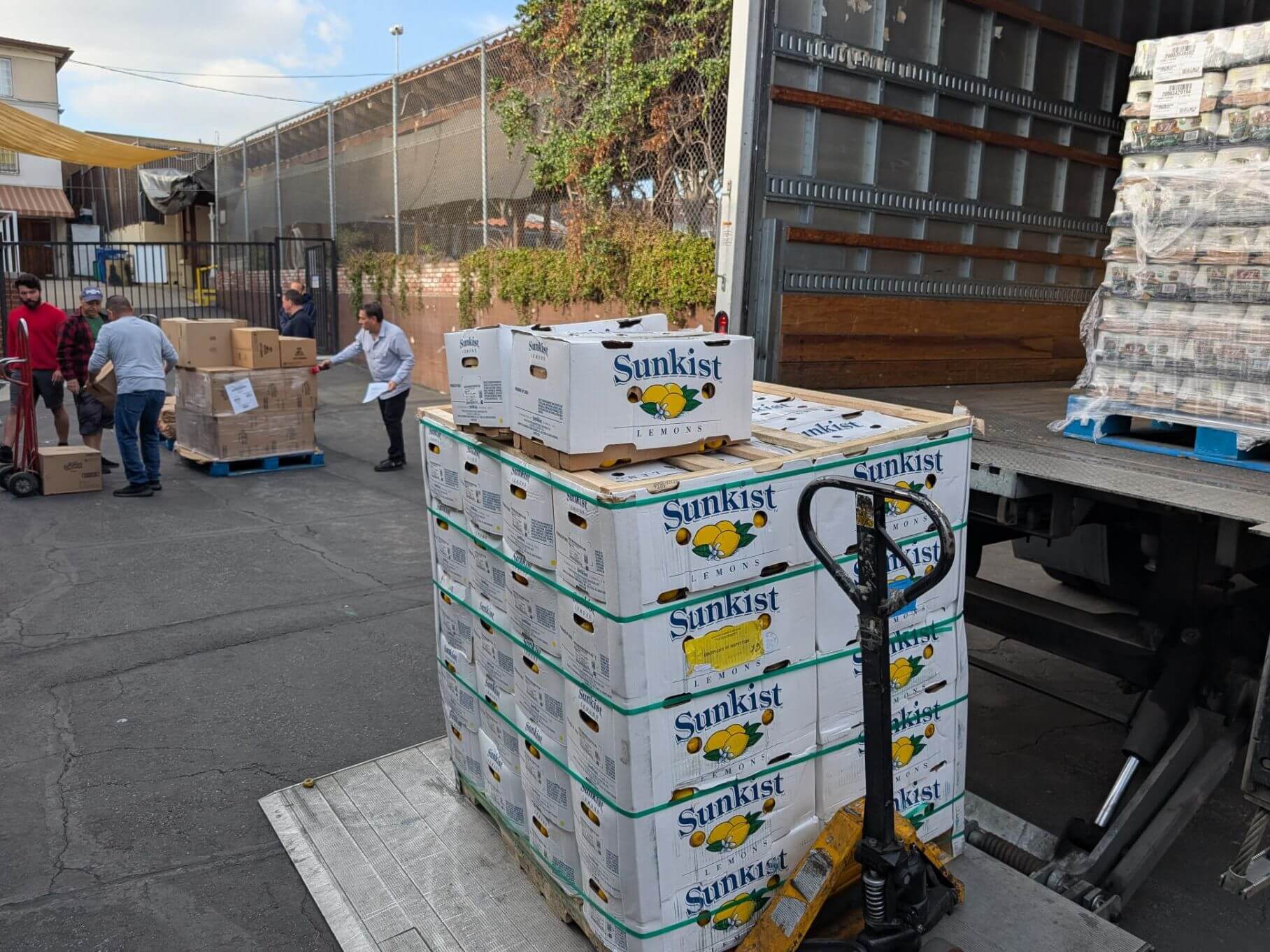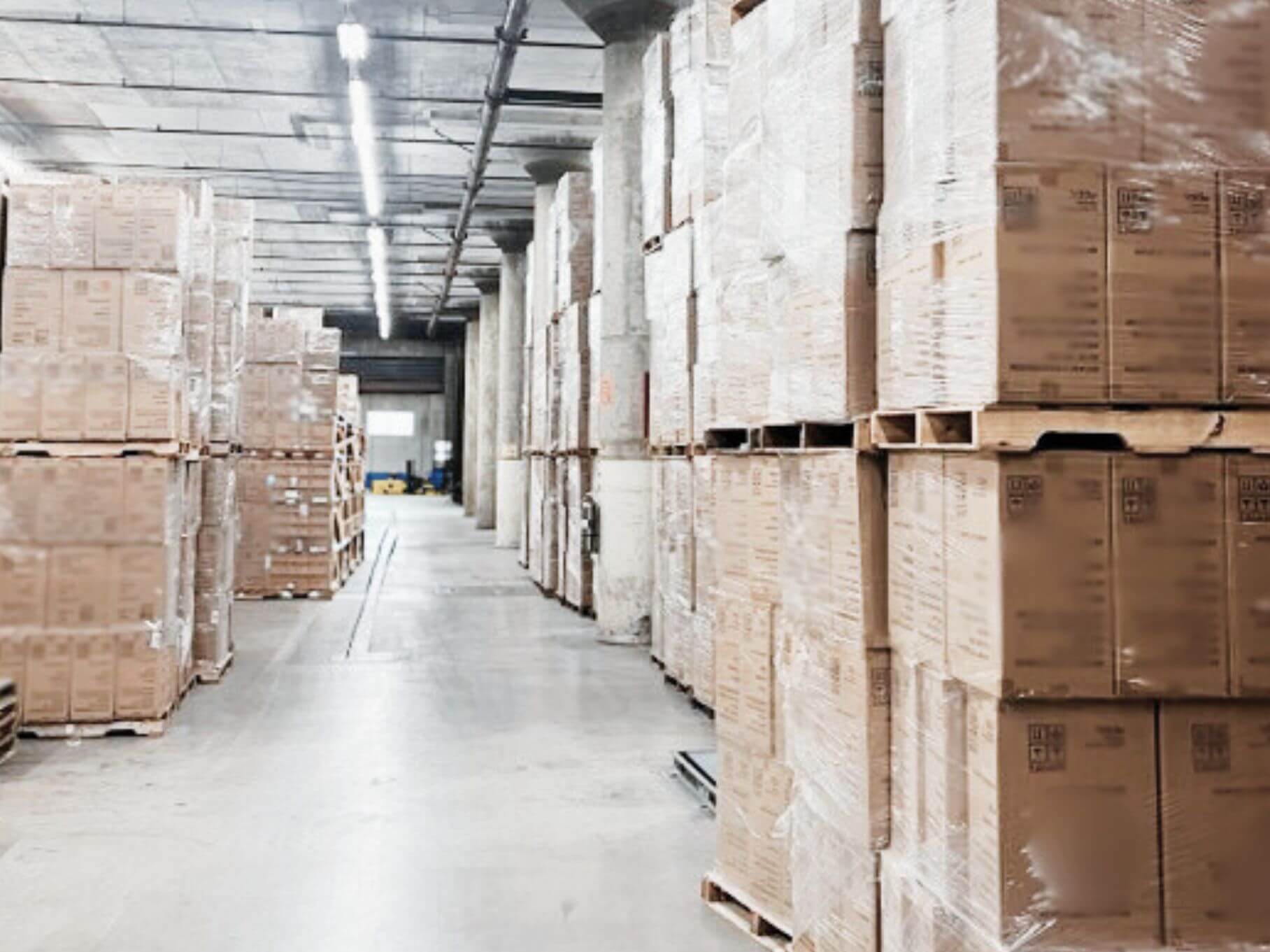News

Revolutionizing Warehouse Operations – The Future at Dependable Supply Chain Services with Next-Gen WMS
ViewNews
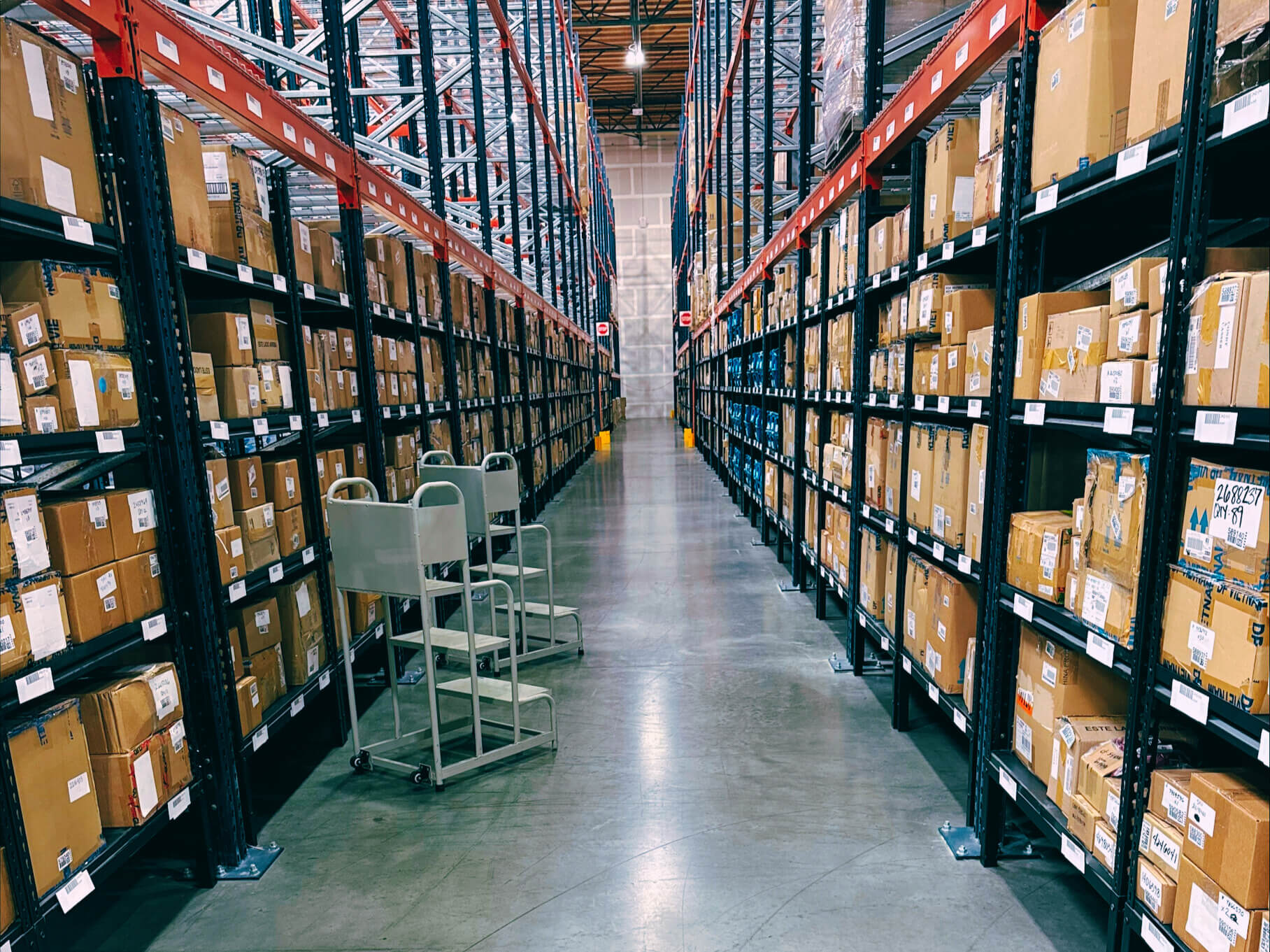
Seamless Scalability: How Dependable Empowers a Global Sporting Goods Leader to Dominate the U.S. eCommerce Market
ViewNews
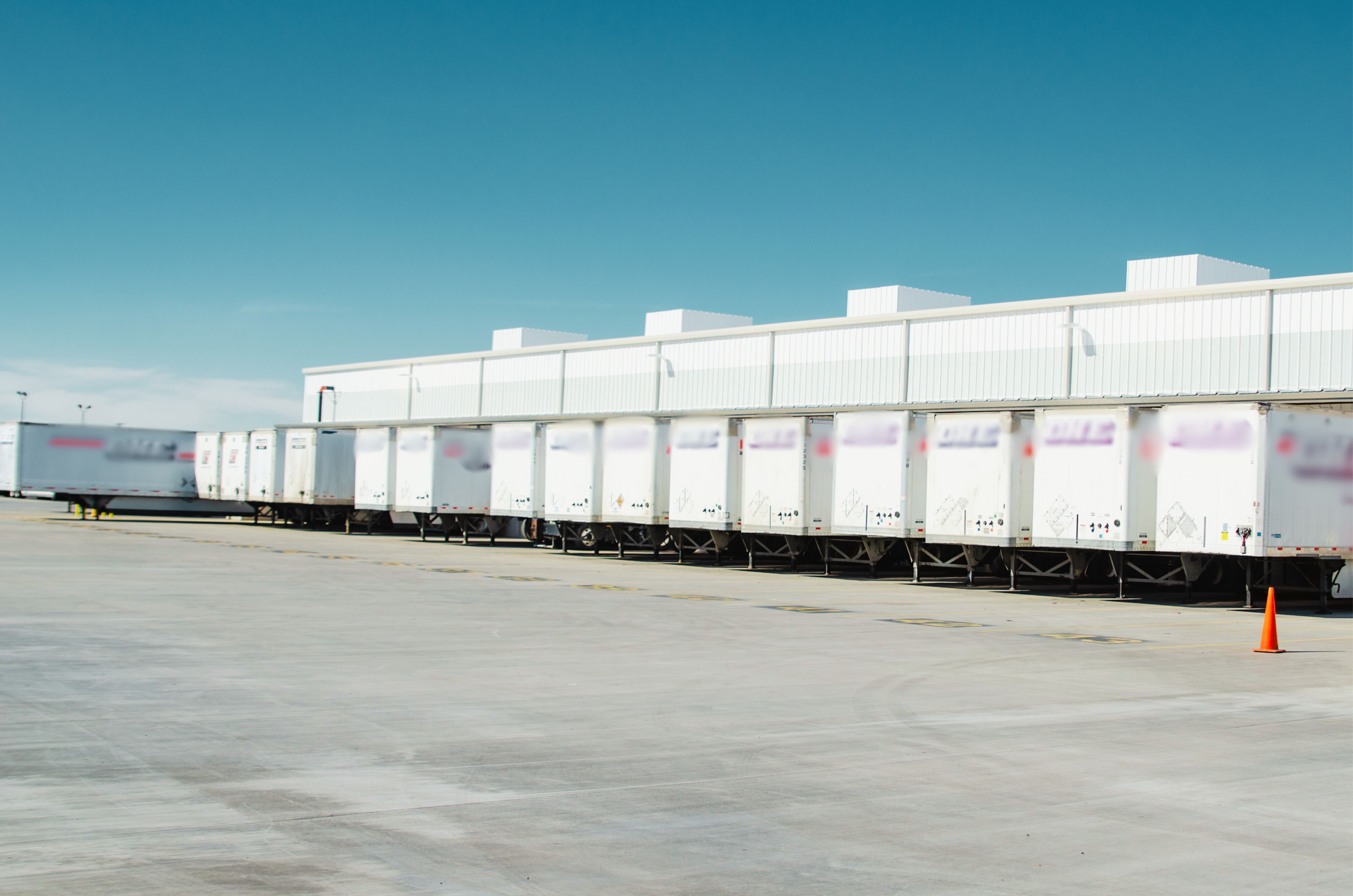
Dependable Supply Chain Services Sells LTL Business to Knight-Swift, Retains Full Operations of Other Division
View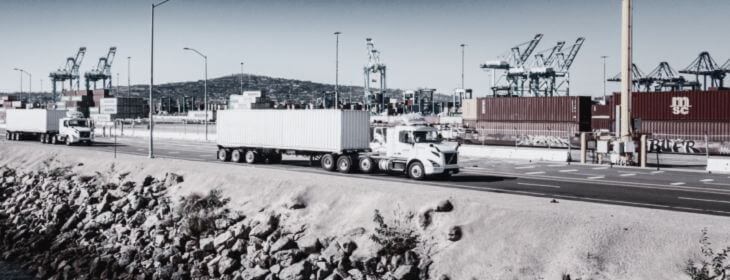
Questions?
Our team of logistics experts is here to provide the support and answers you need to keep your supply chain moving smoothly.
